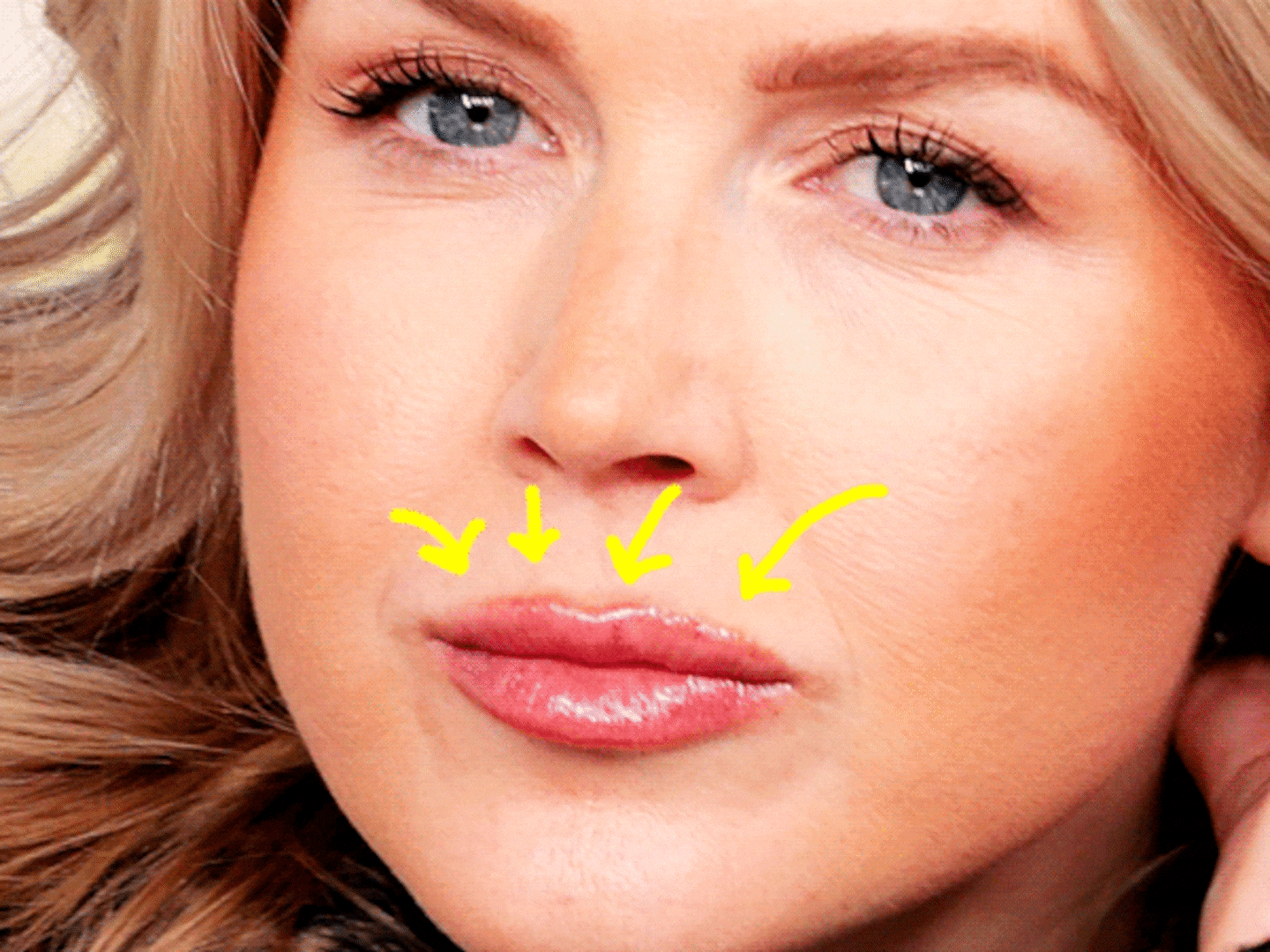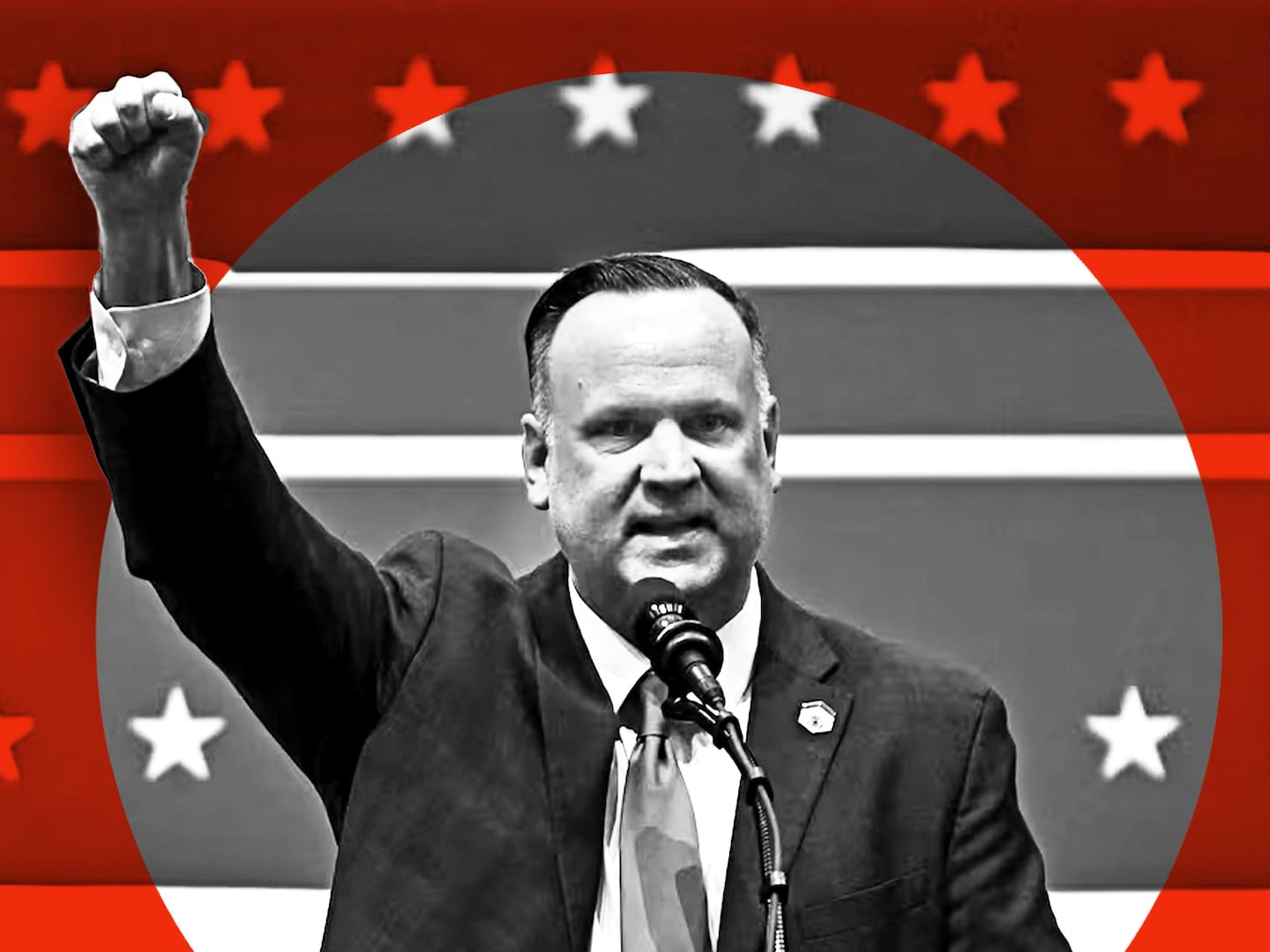Measles is back.
Over the past two months, there have been 29 confirmed cases of measles in the Orthodox Jewish community in Brooklyn, New York. In Rockland County, New York, there are 76 confirmed cases. The state hasn’t seen this large an outbreak of the disease since a 1991 epidemic, which hit over 2,000 people.
And that's despite the fact that the measles vaccine is incredibly effective. In the United States as a whole, where the vast majority of people are immunized, the disease has been rare. Over the past decade, however, there have been notable outbreaks—in Minnesota, Ohio, California, and other states.
The outbreaks are occurring where vaccination rates are low, Nita Bharti, assistant professor of biology at Pennsylvania State University, told The Daily Beast. And because many states allow parents to decline vaccines for their children for any reason (through non-medical vaccine exemptions), it’s inevitable that they’ll continue to occur. “If you have an aggregate of unvaccinated children, it’s simply a matter of time,” Bharti said.
With that in mind, it’s pretty simple to predict the types of places where measles might crop up next.
“The thing we worry about is pockets of susceptible children, who haven’t been vaccinated,” Bharti said. “Where vaccine refusal events occur in clusters.” One or two unvaccinated children won’t set off an outbreak—it takes a critical mass. “You get chains of transmission with these groups of people,” Bharti added.
Measles is an incredibly infectious disease: every person who gets the disease is likely to pass it on to between 12 and 18 people who aren’t immunized against it.
“Measles is typically the first disease breakthrough when vaccination goes below a certain level,” Peter Hotez, dean of the National School of Tropical Medicine at Baylor College of Medicine, told The Daily Beast.
In the United States, overall rates of vaccination for measles remain steady at around 90 percent, and have for decades.
“Nationally, immunization rates haven’t changed,” Hotez said. “But those rates are a blunt instrument. They ignore pockets with large numbers of kids not getting vaccines.”
It’s hard to get information about the places in the United States with low vaccine coverage, Hotez said. In Texas, for example, where he works, public schools do not disclose the percentage of children enrolled who are not vaccinated. Bills introduced in the state legislature that would make those numbers public did not make it to a vote.
In June of this year, though, Hotez published a paper in PLOS that identified the counties with the highest levels of non-medical vaccine exemption. The research collected data from the 18 states that permit parents to opt out of vaccines for philosophical reasons.
Eight of the top 10 counties identified in the study are in Idaho. The county in the No 1 spot, Camas county, has a non-medical vaccine exemption rate of 26 percent.
Brianna Bodily, public information officer in Idaho’s South Central Public Health District, which serves Camas county, told The Daily Beast that officials are well aware of the region’s low immunization rates. She said they try to be as proactive as possible about education—encouraging people to get vaccinated, and spreading information about the dangers of diseases like measles that are preventable.
“We have quite a few conversations about it. One of our biggest concerns is immunization rates,” Bodily said. “If community refuses to participate in prevention, we have concerns about possible outbreaks, and not just of measles. We certainly keep a very close eye on things, and we’re ready to act immediately.”
The office remains in contact with health departments in other districts in the state, and have good relationships with doctors—who have to report any cases of measles. “We do trainings to make sure our skills are sharp, if we have something like you’re seeing now in New York.”
Even with a close eye, it’s almost inevitable that disease will strike in areas with high levels of vaccine exemptions, Bharti said. “A group of unvaccinated kids hanging out together are probably going to get measles.”
Knowing where the high-risk areas are isn’t enough to stop disease. "When we see areas at high risk, how do we respond preventatively, rather than just to an outbreak?” Bharti said. “There’s nothing in our toolbox that’s better than vaccines.” The best way to lower the risk in these hot spots is by encouraging more people to get vaccinated, she said, and that can be a challenge in places where people have internalized the idea that vaccines are dangerous, or that diseases like measles aren’t a big enough deal to warrant a shot.
“Maybe we’re not sending in the right communicators. In some cases, we still have a tendency to communicate some of these risks and messages in ineffective ways,” Bharti said. “But to reach people, we need to understand why those messages are ineffective.”






